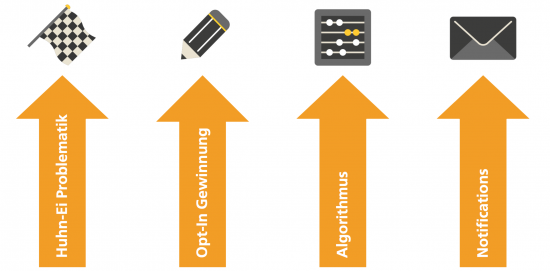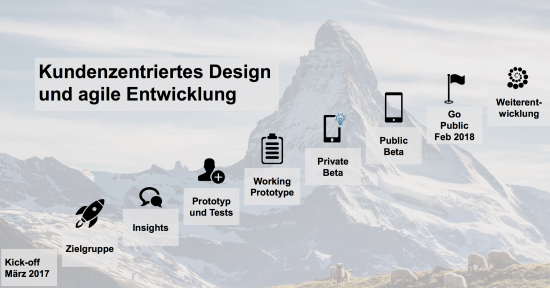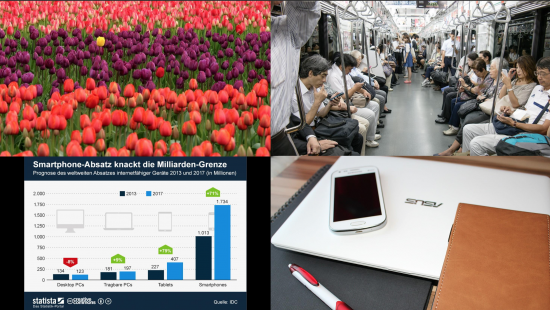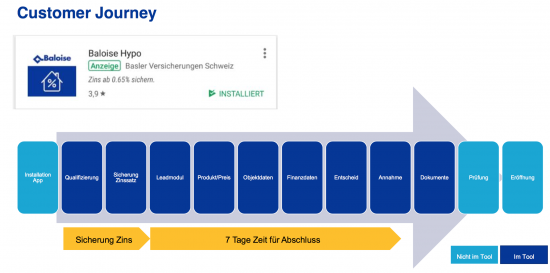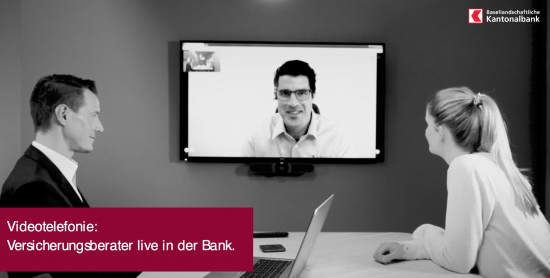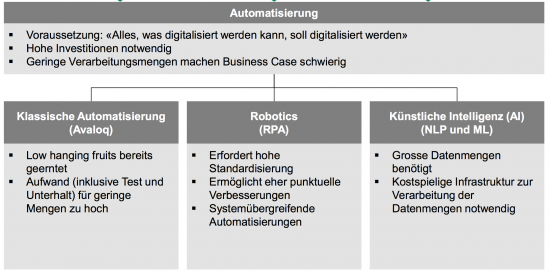Christoph Wille reports on the expansion plans of Valiant Bank and this with physical branches. But how to bring innovation to this strategic decision? Valiant has responded to the decline in counter transactions (-30% from 2014 to 2017) - but not with reduced counter times like many competitors.
A low-cost branch is the key to operations. With modular branches (Brugg and Morges, for example), the bank has succeeded in reducing the cost of converting branches by 40-60%. Modular branches include:
- Reception with video (1 employee with video can thus serve several branches)
- Self-service with video support
- Scan cameras for reading documents
However, all this does not mean that there are no more employees. With the resources freed up, more time can be used to advise customers.
Done optimization: Quality of video increased, self-service elements are accessible, price modules reduced.
Biggest challenges:
- Conversion of existing branches (customer reactions) -> monetary effects / cash outflows have hardly or not at all been noticed so far.
- Identification of customers via video -> But video recognition is making great progress
- The opening hours have been increased by the way to 10 hours / day, which the customers appreciate very much.
